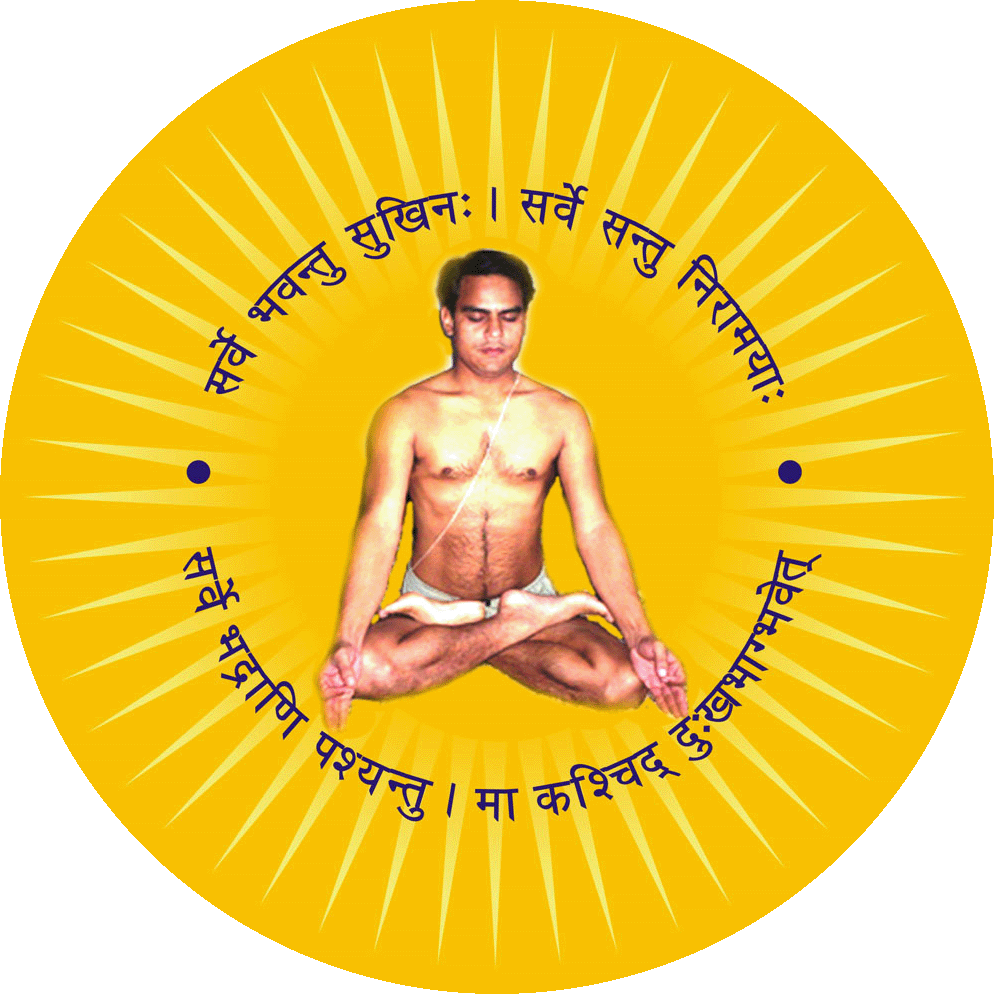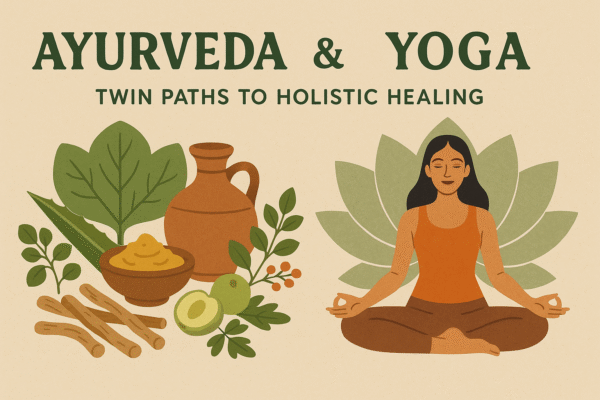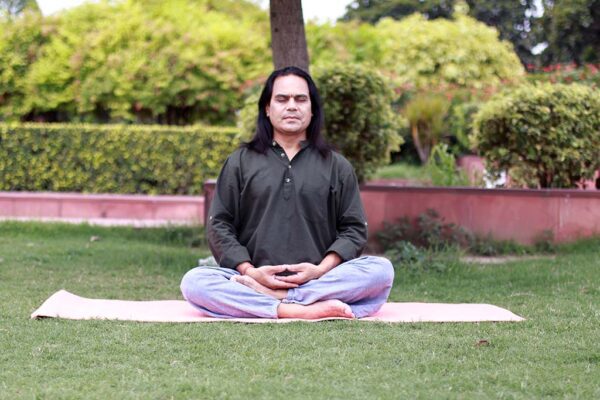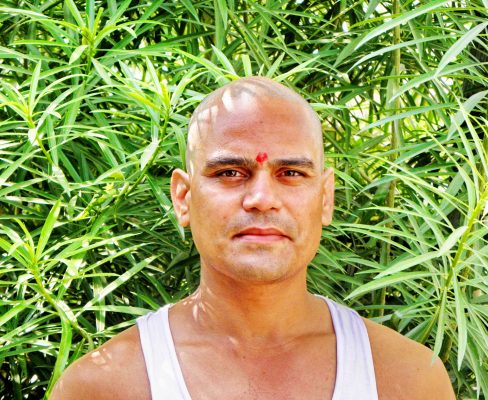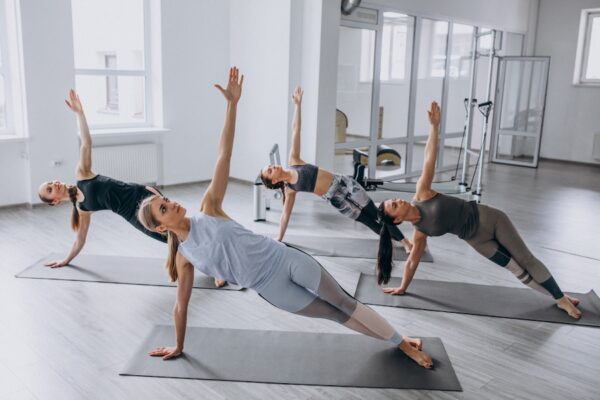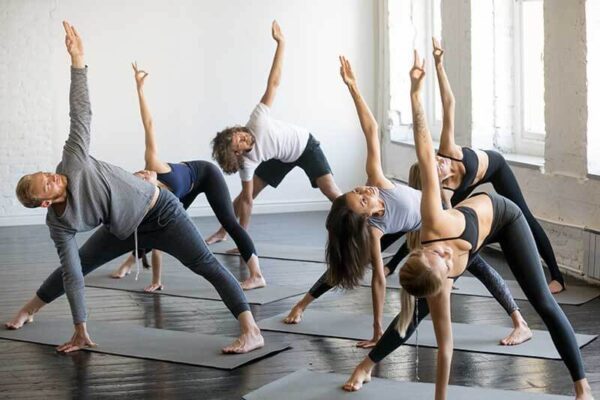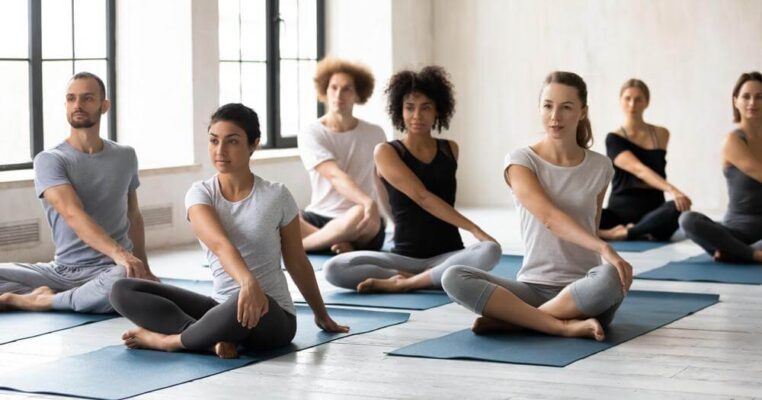Meditation (Dhyana) is the seventh limb of Ashtanga Yoga of Sage Patanjali. After Meditation comes Samadhi. Meditation is included in almost all religions for God Realization. Buddha said, it is meditation only, through which one can attain the Ultimate Wisdom (Noble Prajna) for emancipation from the dreary cycle of births and deaths.
Sage Patanjali has kept Meditation at seventh step, but before meditation he has kept other different six steps for Yoga (Self Realization of Oneself as One with Omnipresent, Omniscient, and Omnipotent). Asana (Postures) is the third Step, which plays a great role in Yoga, even most (99.9%) of people understand Yoga as Postural Practices only, which indeed is a very very wrong conception of Complete Yoga Body.
We are talking here about ‘The Right Posture for Meditation’.
There are different kinds of postures, like Standing, Sitting and Lying, for Meditation. Sitting postures for Meditation is more convenient and popular for Meditation, though Meditation in a Standing Posture is more challenging, advanced and highly effective. But, I would recommend for Intermediate Students to practice Meditation in a Sitting Posture; at the same time, for Beginners in Lying posture.
Meditation in a Lying Posture is very less effective, and there is a danger for the students, that they are prone to go into sleep, and miss the main point of Meditation. Therefore, Sitting Posture is better, easier and also more effective than lying posture for Meditation. However, Meditation in Standing Posture is an Advanced way to Meditate. As such, Meditation can/should be practiced in every Posture of Yoga, to make Yoga Practice more Effective and Fruitful.
In all postures for Meditation, the Spinal Chord should remain straight, not bent, so that the energy would not be deviated, and would be channelized properly into the Sushumna Naadi (an energy channel, located into the middle of spinal chord). To keep Spine straight is an essential part of Meditation. During right meditation, all of energy centers get activated, awakened and balanced, and the life becomes more vibrant, enlightened, happy and blessed. The Kundalini (coiled) energy, latent at the root chakra (Muladhara) facing down like a serpent in three and half rounds coiled, when awakened through right meditation, is channelized through Sushumna to the Seventh and Topmost Crown Chakra (energy centre) named Sahasrara (Thousand petals) crossing all Chakras one after other. If the spine won’t remain straight, that energy disperses and may cause harm other delicate parts of the body, so this is imperative to keep spine straight during the meditation.
Usually the Meditation in Sitting posture has been practiced since ancient time by almost all the Yogis. There are various sitting postures for Meditation, as mentioned below:
- Sukhasana,
- Swastikasana,
- Siddhasana,
- Vajrasana,
- Veerasana, and
- Padmasana
- Chare based Asana






You can select any of above mentioned postures, as per your body dispositions. I’ve mentioned the Sitting Postures names in sequence as per standard.
Meditation can be practiced in a posture even in a sitting on a chair, but this is a Rajasic (Luxurious) way of Meditation, which should be practiced in case of inability of doing Sitting Posture due to injury in knee/s or any other inability.
The Brahma Sutra (Authored by a Sage, Krishna Dwaipayana or Ved Vyasa) also advocates for doing Meditation in any proper Sitting posture.
Let’s have a view on his understandings, in a form of Sutras, about postures for Meditation, as mentioned in his scripture, Brahma Sutra :
- आसीनः सम्भवात् (aaseenah sambhawat) (4|1|7),
After sitting in any proper posture, - ध्यानाच्च (dhyanachcha) (4|1|8),
Meditation should be done, - अचलत्वं चापेक्ष्य (achalatvam chaapekshya) (4|1|9),
being motionless - स्मरन्ति च (smaranti cha) (4|1|10)
also one should think in any proper sitting posture.
As I’ve mentioned above some very effective sitting postures, you can select any of them. I like to do Meditation in any posture / all postures.
Om!
